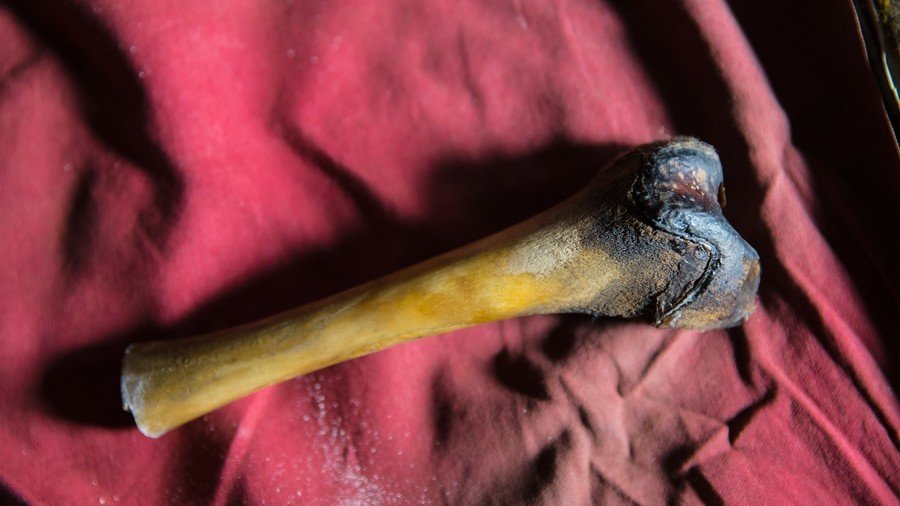Yeti or bear? DNA study debunks ‘abominable snowman’ claims (POLL)

The ‘yeti’ has long been a scare story for travellers passing through the Himalayan mountains, with some climbers even claiming to have found remains of the mythical beast. Now, though, a new study is casting doubt on these claims.
According to established folklore, the yeti is an ape-like creature native to the frozen and mountainous regions of Tibet and Nepal. The star of countless horror films and B-movies, the beast, otherwise known as ‘the abominable snowman’, has seen its place in popular culture boosted by fantastical exhibits of skin and bone purported to have come from the mythical creature.
Described as the “most rigorous analysis” of the yeti’s existence to date, scientists from the University of Buffalo have carried out DNA testing on samples collected from the Tibetan Plateau and Himalayan region by an Italian mountaineering museum and a documentary film company.
READ MORE: Bigfoot hunter suing local government for right to prove beast’s existence (VIDEOS, POLL)
Published in the Royal Society B journal, the research found that in all cases except one, the samples were found to come from bears. A tooth donated to the study from the Italian museum was identified as deriving from a dog.
“Our findings strongly suggest that the biological underpinnings of the yeti legend can be found in local bears, and our study demonstrates that genetics should be able to unravel other, similar mysteries,” said Charlotte Lindqvist, lead scientist from the University at Buffalo College of Arts and Sciences.
A 2014 study of purported yeti hair linked the samples to a hybrid bear that may have adapted to the harsh environment.
Lindqvist, whose team compared bear DNA with supposed yeti remains, said the study effectively debunks talk of an ape-like monster roaming this area of Central Asia. She now hopes to chart the history of bears in the Tibet-Himalayan region in an effort to help conservation.
READ MORE: Fish versus bird: Marine monster leaps from sea to devour feathered prey (VIDEO)
“Bears in this region are either vulnerable or critically endangered from a conservation perspective, but not much is known about their past history,” she said. “The Himalayan brown bears, for example, are highly endangered. Clarifying population structure and genetic diversity can help in estimating population sizes and crafting management strategies.”













